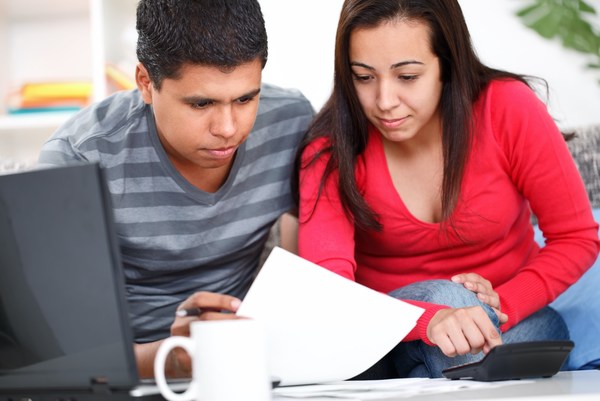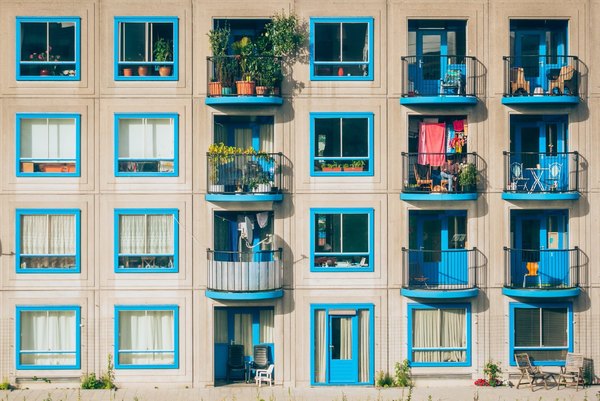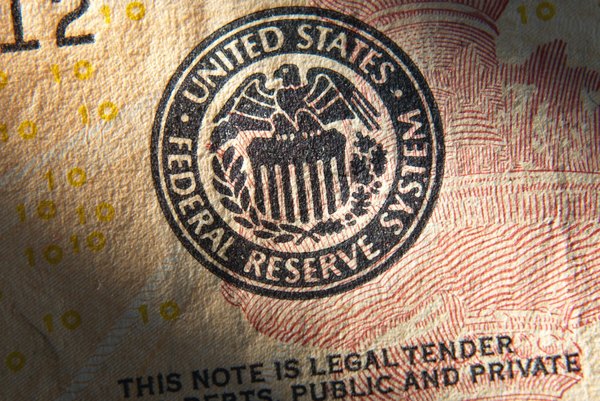No one should struggle to keep themselves or their families safe from seasonal temperatures because they can't pay their utility bill.
Many families struggle with keeping up all of their financial obligations, including utility bills. Not paying a utility bill can eventually lead to that utility being shut off, potentially leaving a family without heat in the winter or air conditioning in the summer. For those who live in areas with extreme weather conditions, this can be very dangerous.
Fortunately, there is a federally funded Low Income Home Energy Assistance Program (LIHEAP) which can provide families with assistance with utilities. In some areas, it can also provide financial assistance for housing improvements that increase energy efficiency so that you can lower your future utility bills.
What does the Low Income Home Energy Assistance Program help with?
Although the Low Income Home Energy Assistance Program is a federal program, each state is in charge of how it is run. However, in most states, LIHEAP can help to fund the following:
- Assistance with utilities (heating and cooling bills)
- Emergency services in an energy crisis, such as utility shutoffs
- Assistance with housing improvements to make your home more energy-efficient (weatherization) that will help to lower your future utility bills
Who Qualifies For LIHEAP?
To qualify for assistance with utilities through the Low Income Home Energy Assistance Program, you must meet your local office's eligibility criteria. Your household must need help paying for your home energy costs, and your household income must be below the limit for the number of people in your household.
The income qualifications vary by state, so it's best to check with your local state office for accuracy. In most cases, 150% of the poverty level is the maximum income level allowed to be eligible for the Low Income Home Energy Assistance Program.
Qualification may also vary if you are receiving any of the following benefits:
- Supplemental Nutrition Assistance Program (SNAP)
- Supplemental Security Income (SSI)
- Temporary Assistance for Needy Families (TANF)
- Certain Veteran's benefits
You could also qualify if you happen to meet additional LIHEAP eligibility criteria like passing an assets test, residence in non-subsidized housing, or if you receive a utility disconnection notice.
The best way to determine if you qualify for the Low Income Home Energy Assistance Program is to contact your local office for their specific eligibility criteria.
How to Apply
You can apply for the Low Income Home Energy Assistance Program on their website. You will be able to search by state or tribe and get in touch with your local office to determine the eligibility criteria and apply if you qualify.
When preparing to apply, be sure to have the following ready:
- Proof of income
- Copies of your utility bills
- Proof of address
- Identification cards or documents
No one should struggle to keep themselves or their families safe from seasonal temperatures. If you're unable to pay your heating or cooling bills and need some assistance, take advantage of these programs today.







